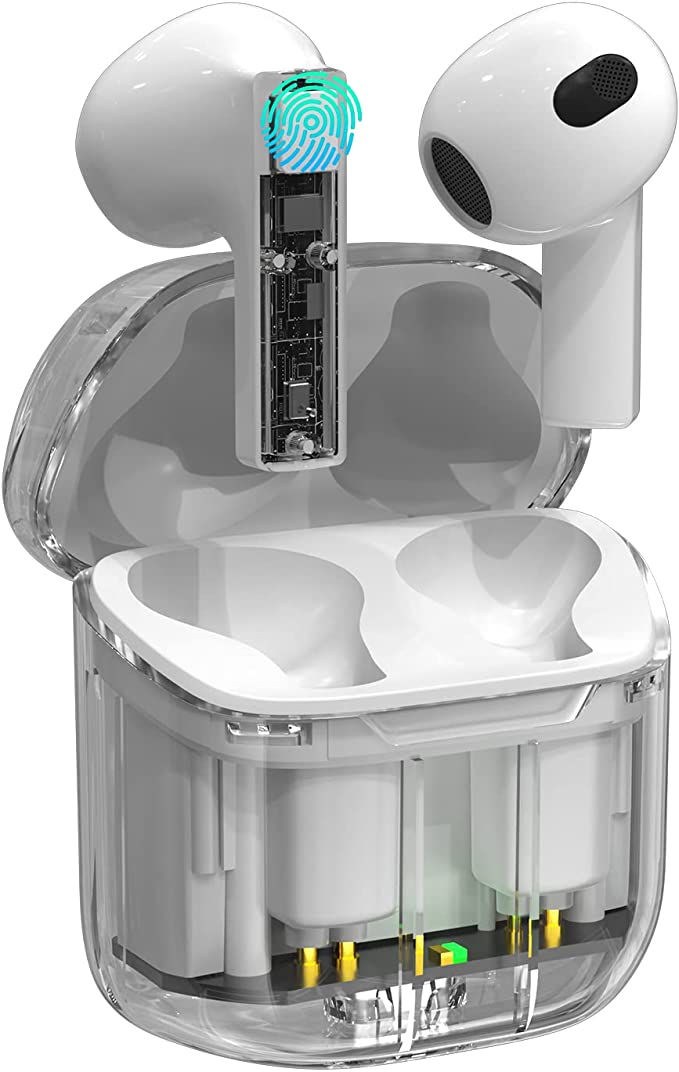The Tankless Electric Heater Dilemma: Sizing, Amperage, and Cold Climate Truths
Update on Nov. 12, 2025, 1:20 p.m.
The promise of electric tankless water heaters is compelling: endless, on-demand hot water, a compact wall-mounted design, and no energy wasted keeping a 50-gallon tank hot 24/7. It sounds like a simple, modern upgrade.
But this promise comes with a critical, often hidden, prerequisite. The switch to a powerful electric tankless unit is not a simple plumbing swap; it is a major electrical project that can, and often does, require a costly upgrade to your home’s power grid.
Many new owners are surprised to find their “lights bog down” or “flicker” when the unit kicks on, or that their installer must run multiple new, heavy-gauge wires from the breaker panel. Before you buy, it’s essential to understand the engineering realities of “on-demand” electrical heating.
The Two Variables That Matter: GPM and “Delta T”
The most significant error buyers make is underestimating the physics. Your heater’s job is defined by two metrics:
- GPM (Gallons Per Minute): The volume of water you demand. A low-flow showerhead might be 1.5 GPM, while running two showers and a dishwasher simultaneously could be 5-6 GPM.
- Delta T (Temperature Rise): The work the heater must do. This is the difference between your cold groundwater temperature (inlet) and your desired hot water temperature (outlet).
This “Delta T” is the Achilles’ heel for cold climates. * In Florida, your groundwater (inlet) might be 70°F. To get 120°F water, the heater only needs to work for a 50°F “Delta T”. * In Canada, your groundwater (inlet) might be 38°F. To get 120°F water, the heater must work for an 82°F “Delta T”.
That 82°F rise requires dramatically more energy for the exact same flow rate. As one user in Canada noted, a unit that works perfectly in Florida can be “useless” in a cold climate, not because it’s broken, but because the physics of its “Delta T” limit are maxed out.
The Electrical Truth: Decoding 27,000 Watts
This brings us to power, measured in watts. A unit like the Rheem RTEX-27 is a 27,000-watt appliance. This number isn’t abstract; it’s a direct measure of its heating potential.
Let’s do the math. Power (Watts) / Voltage (Volts) = Amperage (Amps).
27,000 Watts / 240 Volts = 112.5 Amps
To put 112.5 Amps in perspective: * Your entire home may only have 100A, 150A, or 200A service. * A standard wall outlet is 15A. * A high-power electric dryer or stove is typically 30A or 50A.
This single appliance demands more power than two or three electric stoves running simultaneously. It is, by far, the biggest energy consumer in a home.
This is why users report their “lights dimming”—the unit’s activation creates a “brownout” effect, an immense power draw that causes a momentary voltage drop across the entire house.
The Real Installation: Breakers, Wires, and Panels
A 112.5A draw cannot be serviced by a single wire or breaker. High-wattage units like the 27kW models are engineered to split this load.
The Rheem RTEX-27, for example, contains three separate heating chambers (at 9,000W each). Each chamber requires its own dedicated circuit. * 9,000W / 240V = 37.5 Amps.
This means the minimum electrical requirement, as one 5-star reviewer correctly noted, is three (3) separate 40-Amp double-pole breakers run with heavy-duty 8/2 wire.
Before you can even consider this unit, you must ask an electrician:
1. “Do I have a 200A (or higher) main service panel?”
2. “Do I have six empty slots in my breaker panel for three new 40A breakers?”
3. “What is the cost to run three (3) new 8-gauge lines from the panel to the heater’s location?”
For many, the answer is a $500+ electrical upgrade, a “hidden cost” that must be factored into the purchase price.

The Good Engineering: Copper and Self-Modulation
This massive power demand is exactly why the internal components are so critical. The RTEX-27’s design highlights two features that are essential, not just “nice to have”:
- Durable Copper Heating Elements: Copper is an outstanding thermal conductor, meaning it transfers that 27,000W of electrical energy into the water with extreme speed and efficiency. It is also durable and field-serviceable.
- Advanced Self-Modulation: This is the unit’s “brain.” It ensures the heater isn’t running at a full 112.5A every time you wash your hands. If you request a low-flow stream of water, the unit may only activate one of its three 9,000W heating chambers, saving power. When it detects a high-flow demand (like a shower), it engages all three. This modulation is critical for energy management and temperature stability.
Conclusion: An Electrical Project, Not a Plumbing One
Electric tankless heaters are powerful, efficient, and provide an incredible luxury. But the dream of “endless hot water” is built on the reality of “immediate, massive power.”
When shopping, your first step isn’t to call a plumber; it’s to call an electrician. Sizing your breaker panel and understanding your climate’s groundwater temperature are the two most important, and most overlooked, steps in the process. A high-wattage unit like the Rheem RTEX-27 is a powerful solution, but only for a home that is electrically and geographically prepared for it.






































